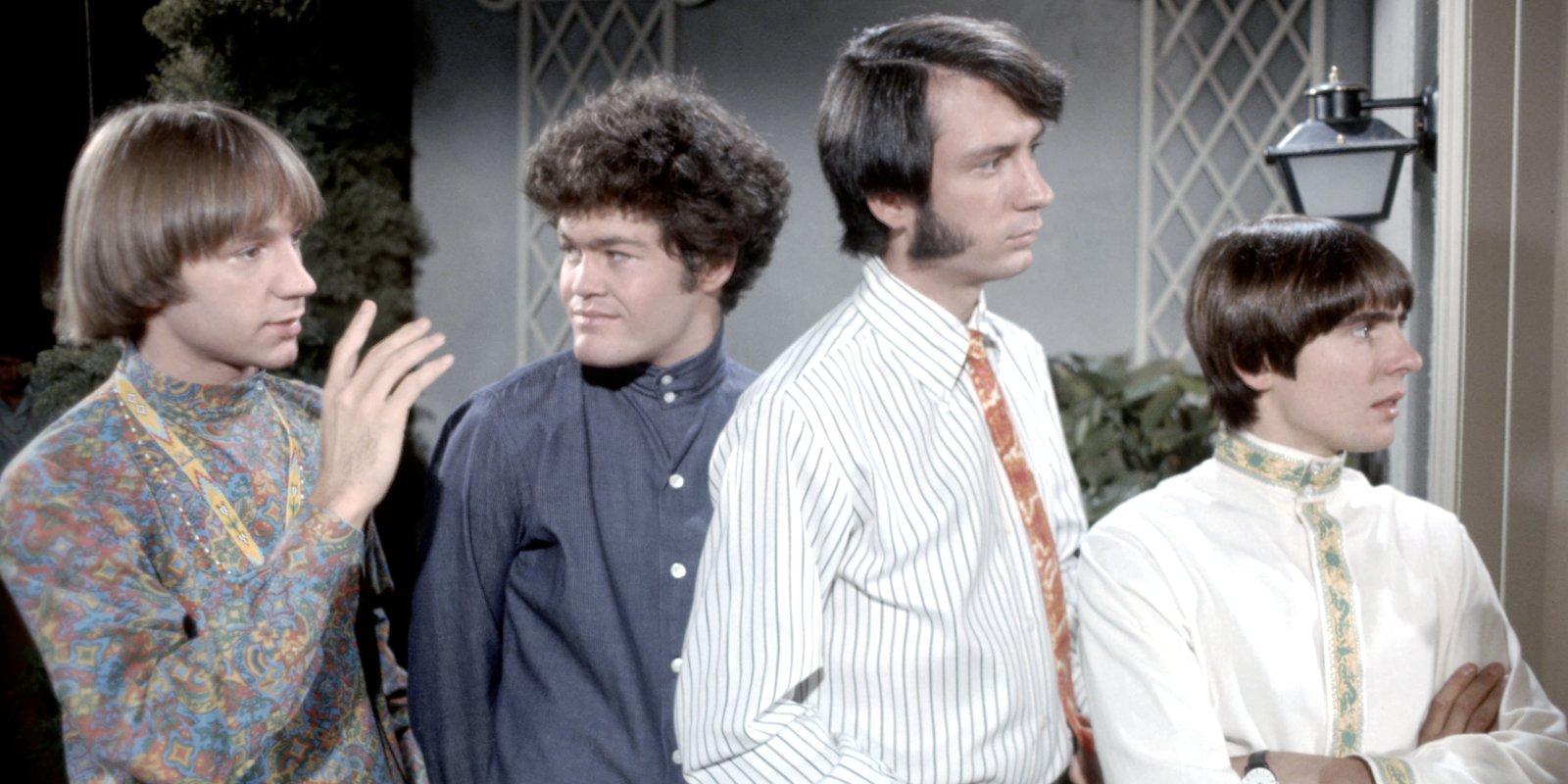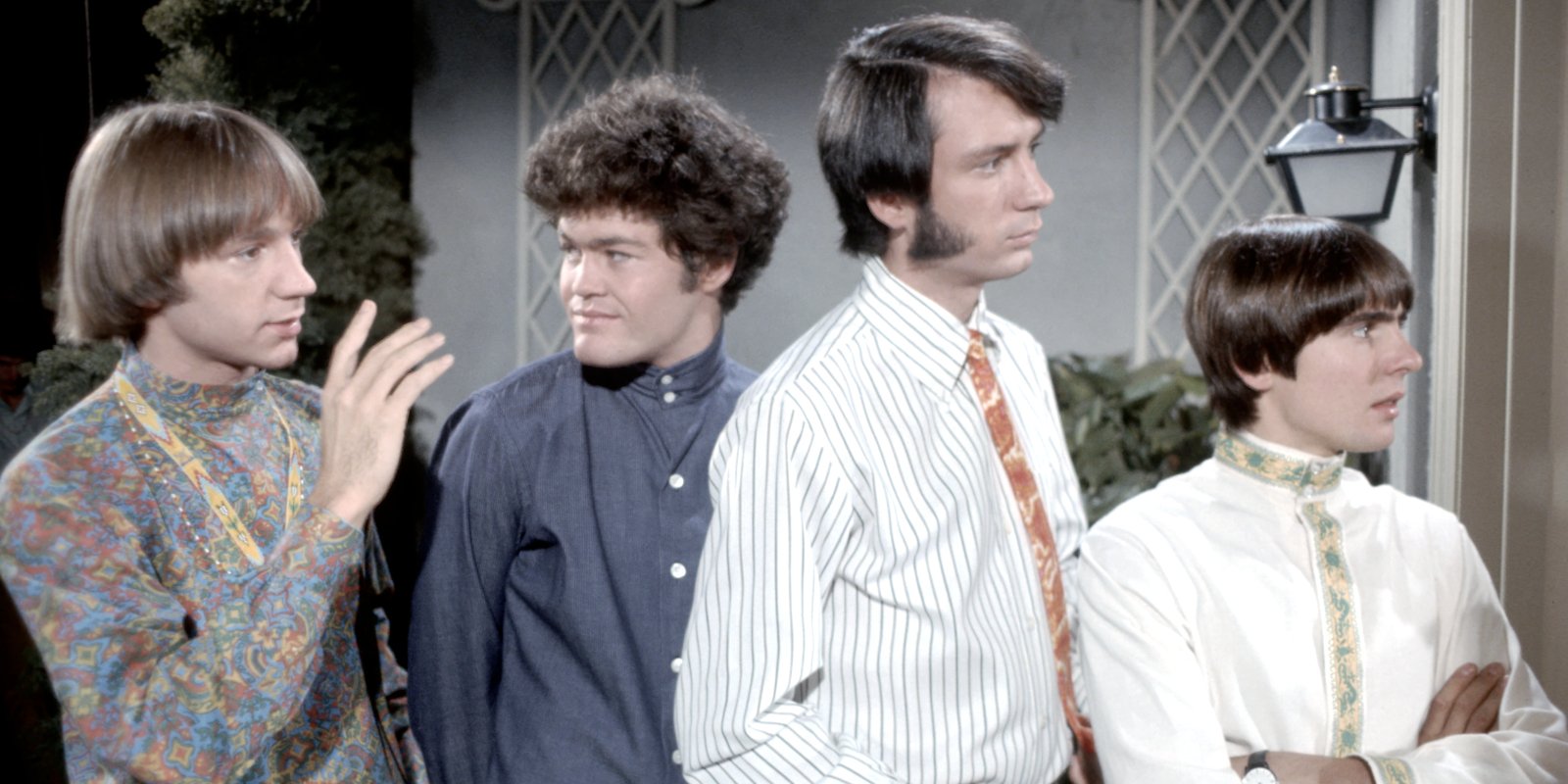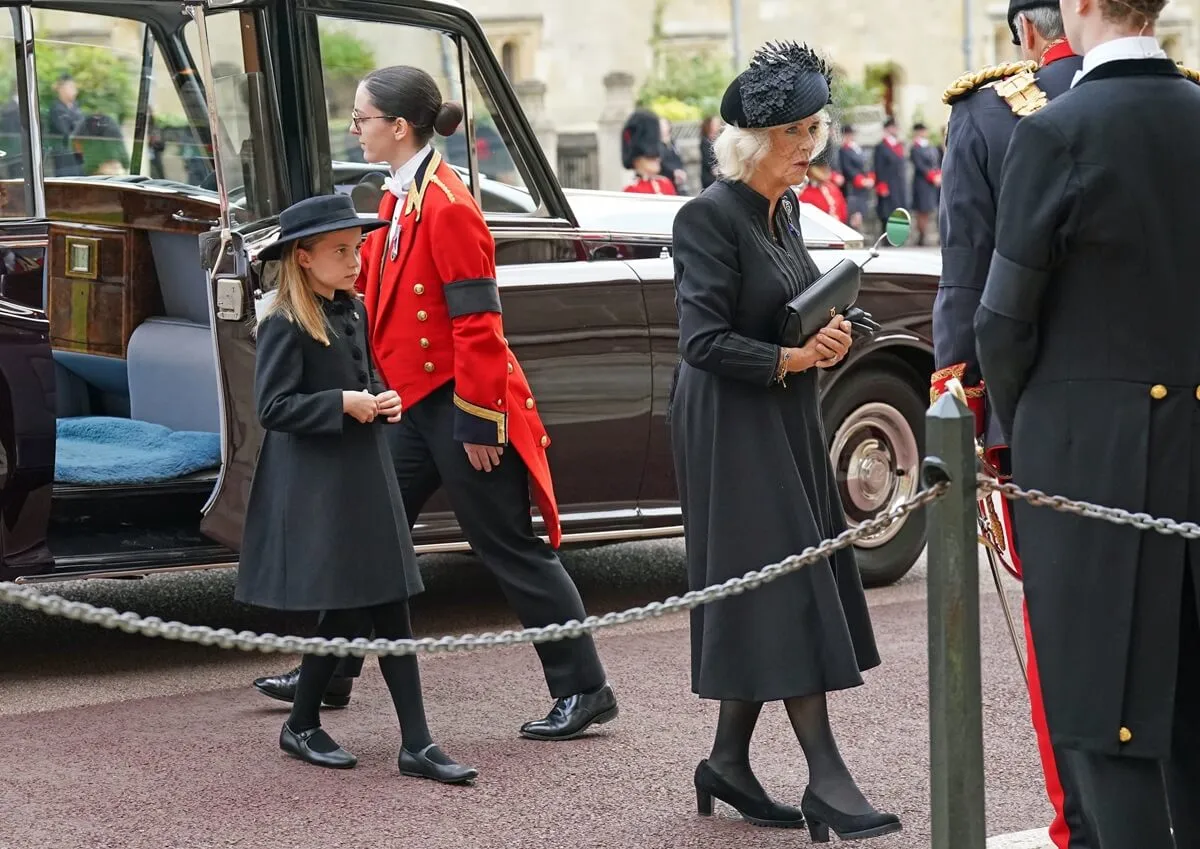
The 1 Monkees Album That’s ‘the Sound of Liberty Itself’ Says Producer
The Monkees leads were hired to portray a band on television. However, they also had an abundance of musical talent. Therefore, it was bound to come to pass that Davy Jones, Mike Nesmith, Micky Dolenz, and Peter Tork would push for more control over the music that had their names attached to it. But that shift didn’t occur until their third album, Headquarters, their producer called “the sound of liberty itself.”

‘Headquarters’ was The Monkees genuinely expressing themselves as musicians
“We aren’t the only musicians on this album,” an inscription on the back cover of the LP reads. “But the occasional extra bass or horn player played under our direction, so this is all ours.”
Headquarters changed The Monkees’ trajectory as musicians. In The Monkees and More of The Monkees, Tork, Jones, Dolenz, and Nesmith were minimally involved in their production. However, all they did was provide vocals for the songs, save for Nesmith, who managed to have several writing credits.
The album has a country rock lean. The inclusion of Nesmith’s “You Told Me,” “You Just May Be the One,” and “Sunny Girlfriend” stand out. Tork’s “For Pete’s Sake” was strong enough to be used as the closing song for The Monkees’ second season.
Monkees producer Chip Douglas said ‘Headquarters’ is ‘the sound of liberty itself’
Back in 1967, shortly after the release of HEADQUARTERS, The Monkees visited England and had this press conference. If you had the opportunity to ask them a question, what would you ask?
— The Monkees (@TheMonkees) November 14, 2022
Photo by Mike McLaren pic.twitter.com/7SNcpX8fh7
Monkees producer Chip Douglas discussed Headquarters in the book The Monkees, Head and the 60s by author Peter Mills, per The Monkees Live Almanac,
“The album is the sound of liberty itself,” said Douglas. “The count-in at the opening of the first track, ‘You Told Me,’ is a playful nod to the squonky equivalent on Revolver’s opener, ‘Taxman.’ But it’s also a gleeful little shout of autonomy, followed by those opening chimes of freedom on a 12-string guitar.”
However, Douglas admitted that working as a quartet was “rough at first because we had never worked together.” He explained in Mills’ book, “As things developed and Headquarters evolved, there came a kind of camaraderie. We were all pulling together to make this album that was supposed to be only them playing on it.”
In an interview for John Gilliland’s “Pop Chronicles,” Nesmith spoke of the foursome’s evolution as a musical group. “It’s almost self-evident how it worked out,” Mike replied.
“It worked out OK. But not because we learned to work as a unit, a group, or anything like that.” This perception would change slightly as the quartet became more involved in producing their records.
Douglas was most proud of this one contribution to ‘Headquarters’
While Headquarters became a hallmark of The Monkees’ sound that evolved throughout the remainder of the band’s career, it also was essential to Douglas. In addition, he was most proud of this one contribution to the finished LP.
“Maybe my best contribution to The Monkees was that I wanted to see them doing everything on their records, with nobody in the background who wasn’t a Monkee,” he admitted. “So if you hear a vocal part, you’re gonna hear Micky or Davy or Peter or Mike and nobody else.”


